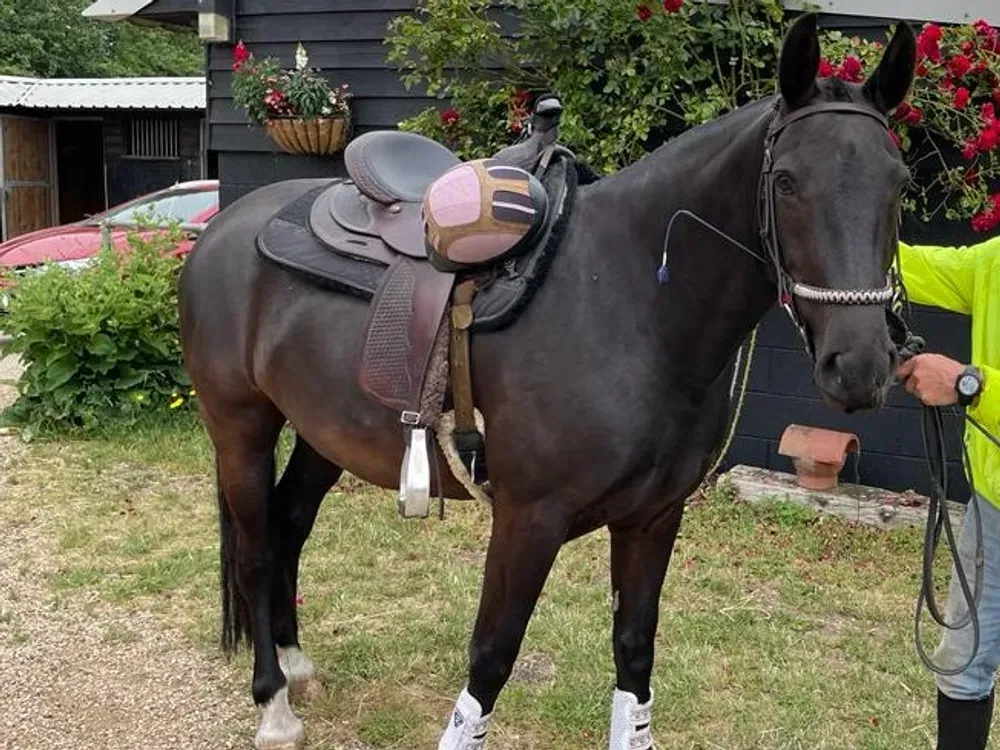
Table of Contents
Over the years I have frequently been told that my horses look well and happy. Obviously, they are correctly fed and shod with any medical needs promptly addressed, but this alone does not produce strong emotional well-being. So just what is the key to developing happy and well horses? Well, there are 5 principles I follow and these are listed here.
- Keep your horse with a companion.
- Teach your horse join-up.
- Match your horse's job with his temperament, conformation and soundness.
- Always use the release of pressure rule.
- Establish good routines.
Why must my horse be kept with a companion?
Horses are herd animals and need an equine companion for emotional stability. Feral horses live in herds of a few mares, their offspring and one stallion. In these herds, there are strong emotional connections between group members. Safety in numbers and shared social duties enable the herd members to have good emotional well-being. So keeping a horse in an environment where there are no other horses causes enormous stress. Ideally, your horse will have a daily turnout with another horse, however, if this is not possible turning out in an adjacent paddock will be acceptable. At other times horses should be stabled where they can see other stabled horses.
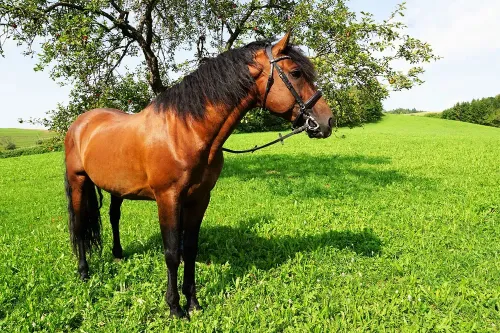
Article Suggestion
Horse Mental Health: Spotting and Managing ProblemsDid you know that horses share social duties within a herd?
Yes here are two examples, mutual grooming and being on sentry duty to look out for preditors while other members of the herd are snoozing.
Why must I teach my horse join-up?
Well, this is because in the wild horses are not equal and have different positions within their herd from the most dominant to the least dominant. The more dominant horse will control the movement of a less dominant horse and this less dominant horse will be aware of its subordinate position. Join-up permits a trainer to use the horse's natural communication methods to establish the trainer as the person to be obeyed and listened to. Teaching a horse to join-up establishes leadership and is the foundation of all enlightened training. Furthermore, It will mean that your horse will seek your companionship and will always think of you as a leader. For more on this follow this article suggestion.
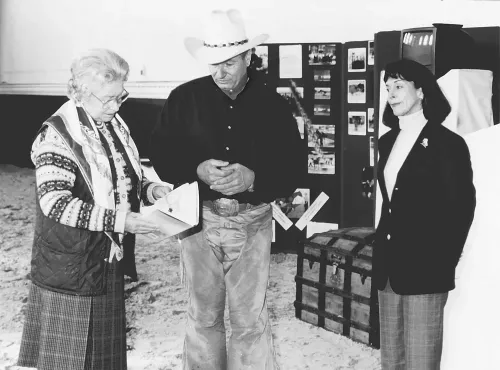
Article Suggestion
Monty Roberts: Revolutionising Horse Training Through Join-UpWhy must I Match my horse's job with his temperament, conformation and soundness.
This is easy to see if we first think about humans. Someone who is in a job they find enjoyable and not over challenging is generally a happy person, It is the same with horses, so follow this checklist and ensure your horse is a happy fellow.
- Check that your horse's job matches its personality, so for example a horse that enjoys jumping and galloping will like eventing. Likewise, a horse that can jump well but is stressed by competitive experiences will probably thrive in the hunting field but not enjoy show jumping.
- Your horse's conformation must make it easy for him to perform his job. For example, a horse with a low set neck and a high croup will find dressage difficult and this could be beyond its physical limitation. This will result in potential soundness issues and a sour horse.
- Finally, if your horse is past his best and has some mild soundness issues this is the time to change his job to something easier. So an old endurance horse might really enjoy quiet daily hacks.
Why must I use the release of pressure when training my horse?
Using the release of pressure is key to teaching your horse to join-up and should then be the cornerstone of all aspects of its training. The principle is to release pressure as soon as the horse behaves correctly. This reinforces the horse’s compliant behaviour just before the pressure is released, Here is an example to set you on the correct path.
You have a horse that is afraid of being clipped and does not like the sound of the clippers. This horse always moves away as you approach with your clippers in operational mode. This is where the release of pressure is very useful as you want your horse to learn that clippers are not to be feared. Approach your horse slowly with the clippers and in the stable while he is in a head collar with a long lead rope attached that you are also holding, but do not back away if your horse shows anxiety. Instead quietly remain at the distance your horse is anxious with, but go no further. The moment your horse slightly relaxes move away and remove the pressure.
This teaches him that if he relaxes you will remove the pressure. Eventually, your horse will be comfortable with your clippers at this distance from his body. This is the time to move a bit closer and again the second your horse relaxes move away. This is the release of pressure. Continue with this process until you can lay the clippers on your horse without him showing anxiety and then remove the pressure. Eventually, your horse will learn to quietly accept the clippers and realise that when the job is done the pressure/stress is eliminated.
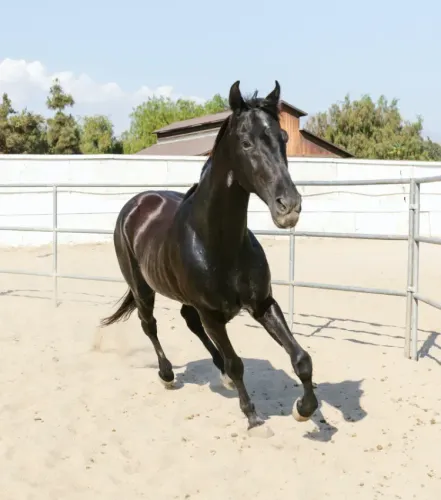
Article Suggestion
The Power of Negative Reinforcement: How Horses Learn from the Release of PressureWhy are routines important to horses?
Horses are creatures of habit and thrive on steady routines. This is because horses are naturally flight animals on guard against predators and are easily upset by unknown situations. This means that for their wellbeing they must have order and structure in their lives. Here are some important considerations.
- Every day feed horses at the same time and in an established order.
- Establish a turnout and field collection program, which means the horses are always turned out and collected from the field in the same order and at the same time of day.
- Establish a grooming routine that involves picking out feet in the same order and grooming different parts of the horse's body following an established routine.
- Ridden horses should be ridden regularly and at the same time of day.
The take-home message
By following these 5 rules you will have well-adjusted horses that thrive and are far easier to train. Your experiences will be positive and your horses will be adjusted. The horse shown at the top of this post is Fergie and she is a happy sole. Her very contented look reflects her routines and is the result of following the five essential rules outlined in this article.
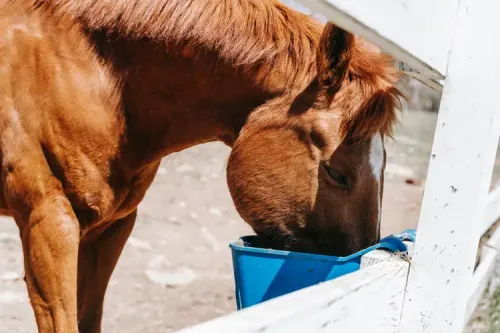
Article Suggestion
Micronised Linseed is the Miracle Addition to your Horse’s Feed
